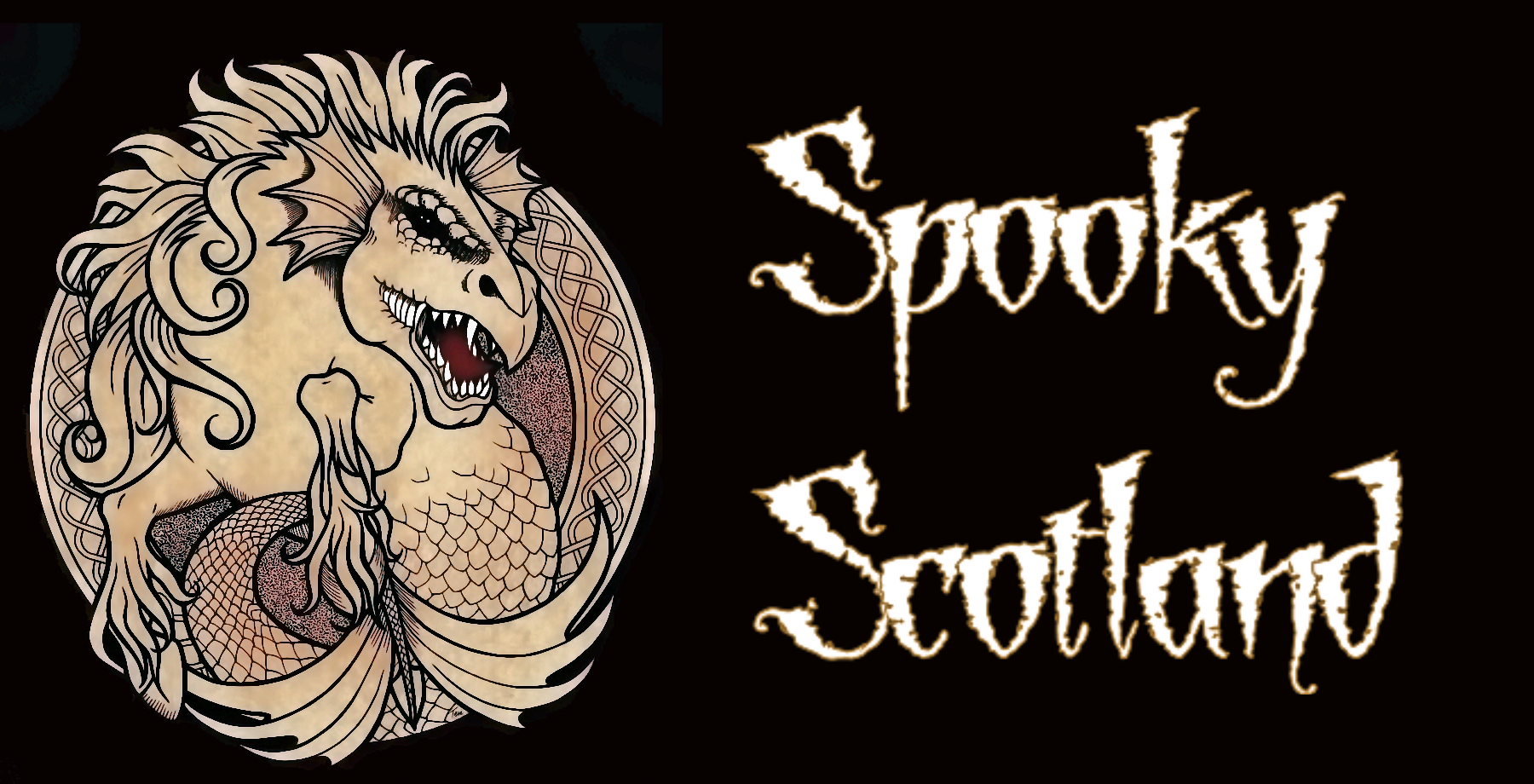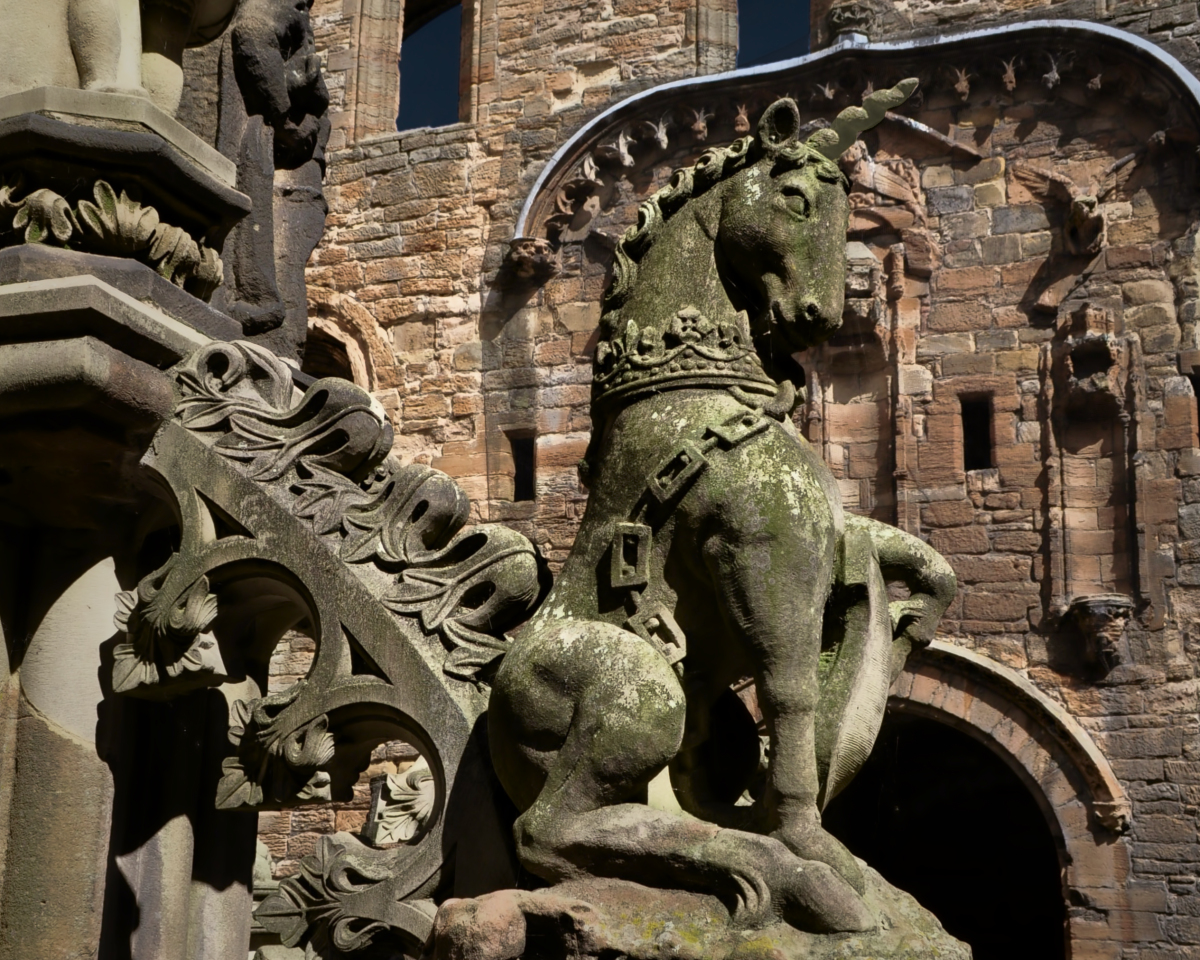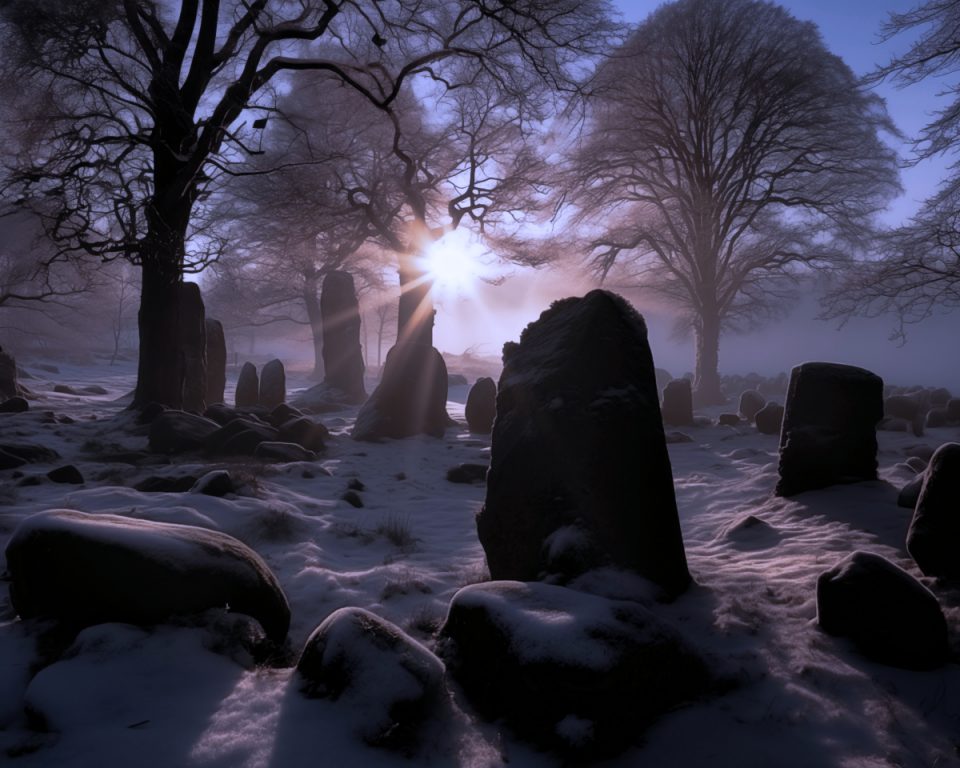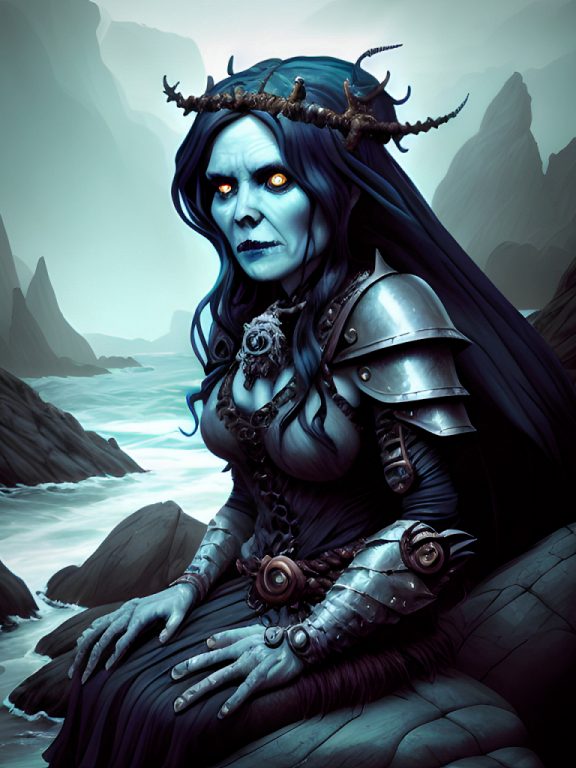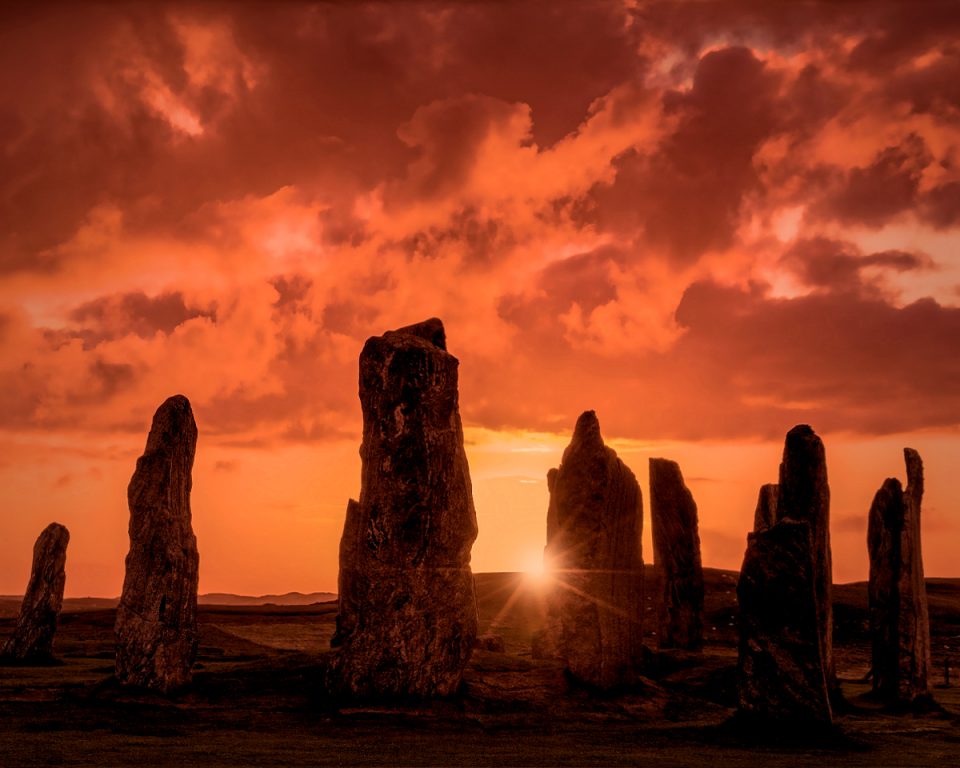Scotland’s National Unicorn Day occurs on the 9th of April. National animals are frequently chosen from an iconic species in a country, for example, the springbok in South Africa. Alternatively, they may be chosen because they represent the spirit of a country. The United States has the eagle, a symbol of freedom while England has the lion which represents strength. So why would Scotland pick a mythological creature as its national animal? It is true that the Scots love their legends but why not Nessie? Or our Kelpies and Trows? Indeed, there is a myriad of mythical creatures which are distinctly Scottish that could have been chosen as the national animal of Scotland. However, a journey back through history reveals why this magical creature was chosen.
The History of the Unicorn in Scotland
The unicorn was a symbol of purity, innocence, and power in Celtic mythology. According to legend, their horns can purify poisoned water. However, perhaps the Scottish royalty was attracted to the unicorn because of its proud and untameable nature, its independence and a spirit that was difficult to capture or conquer. These were qualities which Scotland’s kings recognised in their people.
The unicorn was first used on the Scottish royal coat of arms by William I in the 12th century. However, the Stuart Kings of the 15th century wholeheartedly embraced the unicorn as their symbol of power. After all, the unicorn is said to be the strongest of all creatures. Only a king could hold a unicorn captive because of the danger it posed. From James II to James V, the unicorn thrived as a heraldic device appearing on coins, royal seals and The Royal Coat of Arms of Scotland.
The Royal Coat of Arms
Prior to the Union of the Crowns, the Royal Coat of Arms of Scotland was a shield supported by two unicorns. These unicorns were bound by a gold chain that passed round their necks and wrapped around their bodies. Could it be that the Scottish royalty used this to symbolise their power; they were strong enough to tame even a unicorn?
When James VI ascended to both the Scottish and English thrones, he replaced the unicorn on the left of the shield with a lion, the national animal of England. This was to symbolise that both countries were united. However, there is also an irony to this; the lion and the unicorn were natural enemies according to legend.
Where to go ‘Unicorn Spotting’ in Scotland
Unicorns are everywhere in Scotland. In fact, once you start looking for them, it comes as a surprise just how many of them there are. Obviously, they aren’t the fluffy, rainbow variety. They are found in or on many old buildings and monuments such as mercat crosses, castles, cathedrals and even flanking entrances to some of Scotland’s older universities. Here are a few notable examples:
Mercat Crosses: Dunfermline, Jedburgh, Melrose, Culross, Falkland, Crail, Aberdeen, Inverness’ Falcon Square, and perhaps most famously, Edinburgh’s Royal Mile.
Castles: On the Gatepost at Holyrood Palace; outside the National War Museum and Saint Margaret’s Chapel at Edinburgh Castle; the King’s Fountain at Linlithgow Palace, the birthplace of Mary Queen of Scots; on top of the Great Hall in Stirling Castle which also is home to the impressive tapestry, Hunt of the Unicorn; and flanking the entrance to Delgatie Castle in Aberdeenshire.
Universities: Stonemasonry flanking the entrance to St Andrews University; the Lion and Unicorn Stairway at Glasgow University and the lion and unicorn which flanks the entrance to Aberdeen University’s King’s College. Incidentally, these are all Scotland’s oldest universities.
Cathedrals: Edinburgh’s St Giles Cathedral has many examples of unicorns on its sainted Class Windows, Coats of Arms and on the Queen’s Chair in the Thistle Chapel.
Ships: On the Figurehead of HM Frigate Unicorn in Dundee. It’s Scotland’s only surviving example of a wooden warship.
Happy Unicorn Hunting
Please use the comments box below to tell us about other unicorns you might have seen in Scotland or about your other favourite Scottish mythical creatures.
